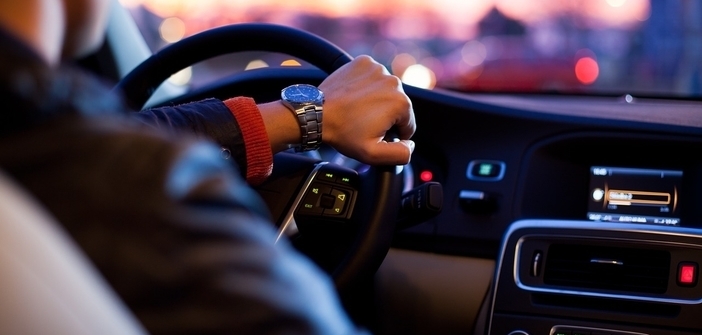:
Regarding the highly controversial ordinance that reduced the maximum speed on national roads from 90 to 80 km/h, Prime Minister Edouard Philippe stated: “I wanted to save lives, I was accused of wanting to fill the coffers.”
Unfortunately for him, this measure sparked the strongest protests from the community of motorists who feel penalized by the slowing down of their travel speed by a few minutes, considering the average travel distance. And behind them, we immediately found the political world more interested in the votes of the living than the number — increasing — of victims.
In this festival of incoherence, motorists showed all their zeal by destroying 2/3 of the speed cameras installed on highways and national roads at an estimated cost of over 500 million euros. “Justice is served,” proclaimed the friends of the people.
The height of folklore (intellectual?) was the strong protest for the reduction of the maximum speed decreed by the Prefect of Alpes-Maritimes on the 4 kilometers of the A8 between Saint-Laurent and Nice which, chronometrically speaking, extends the travel time by 11 seconds!!!
Naturally, another factor that was not minimally considered is that this measure allows traffic to flow more smoothly and, consequently, reduces slowdowns and stops for a positive final result, namely spending less time to cover the 4 kilometers.
But how can one go against the “voice of the people”?
Even if the spirit of the times is to exalt the genius of civil society and to disparage public policies, always supposed to be imposed from Paris by out-of-touch technocrats, I am one of those who believe that the latter are often great successes. Such is the case with road safety.
In 1973, under Pompidou, the number of deaths on the roads exceeded 18,000. To this were added hundreds of thousands of injured, often handicapped for life. In 1996, the number was only 8,541. By 2013, it was 3,268 and seems to have stagnated since then.
Meanwhile, the governments of VGE, Mitterrand, Chirac, Sarkozy, Hollande, and Macron have engaged in a vigorous road safety policy that is clearly neither left nor right. Successively, there have been speed limit enforcements on roads, in cities, on highways, mandatory wearing of seatbelts and helmets for two-wheelers, strict monitoring of blood alcohol levels, an increase in speed cameras (incidentally, the supposed neutralization of these by the yellow vests led to an increase in speed-related accidents).
If we add the point-based driving license, airbags, the widespread use of highways, and the reduction of danger zones, we can see a coherent set of measures resulting in this remarkable outcome, especially considering the increase in traffic and the number of vehicles.
Compared to the figure of 1973, now 15,000 lives are saved each year. 15,000, meaning 5 times the number of victims of September 11 and almost twice that of the Srebrenica massacre.
Yet, there were many opponents each time. For example, there existed anti-seatbelt associations that predicted the gruesome death of motorists trapped in their burning cars!
It is by analyzing all this data that we must now examine the reduction of the speed to 80 km/h. Perhaps we have reached a threshold, and the number of victims is unable to be reduced further? But maybe not? So why not calmly try the experiment.
I am not a fan club member of Edouard Philippe, and I don’t like driving at 80 km/h, but if that’s the price to pay to save a few lives, I find it’s a small price to pay. Don’t you?
Patrick Mottard


